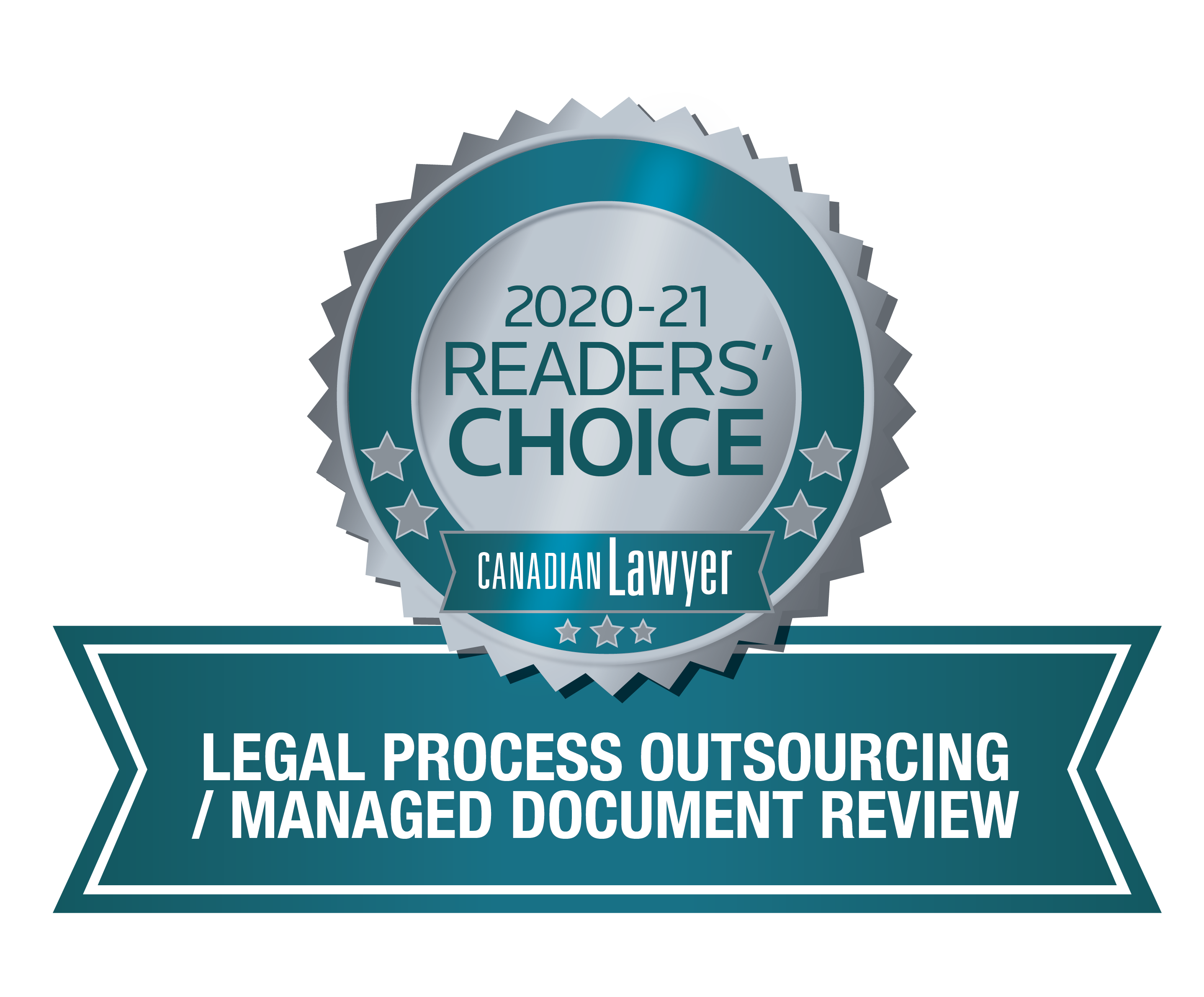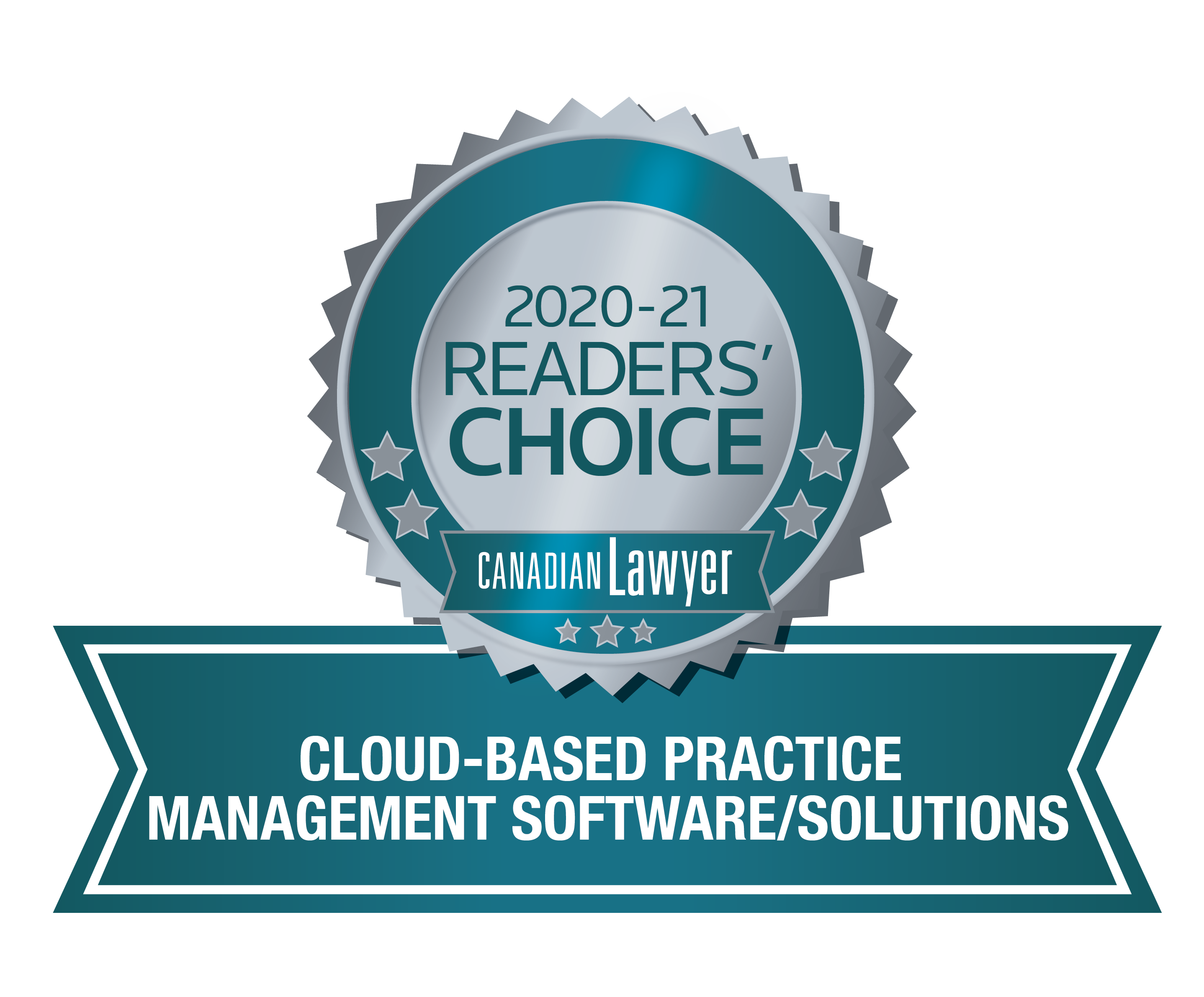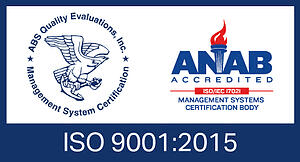According to the UK High Court

In a recent decision, the UK High Court in Pyrrho Investments1 (see full case here) endorsed for the first time the use of predictive coding. The Court laid out factors it considered in approving the use of predictive coding technology in the disclosure process:
-
Costs-related benefits;
-
The value of the claims made;
-
If the parties agreed on the use of software and how to use it;
-
There is no evidence to show that the use of predictive coding software leads to less accurate disclosure being given than, say, manual review alone or keyword searches and manual review combined, and indeed there is some evidence to the contrary;
-
Greater consistency in using the computer to apply the approach of a senior lawyer towards the initial sample (as refined) to the whole document set, than in using dozens, perhaps hundreds, of lower-grade fee-earners, each seeking independently to apply the relevant criteria in relation to individual document
Because of the novelty of predictive coding technology in Canada, Canadian courts will be called upon to shed some light on the parties’ obligations relating to electronic disclosure.
In our eDiscovery universe, common law jurisdictions are not only becoming more comfortable talking about technology, but also accepting it where appropriate. While Canadian courts have not yet explicitly endorsed predictive coding, it has been recognized to constitute part of a reasonable document review process for a massive document disclosure.2
Electronic predictive coding, also known as technology-assisted review (TAR) or computer-assisted review, is the use of machine learning technology to assist human beings in reviewing electronic documents. It is a “process for Prioritizing or Coding a Collection of Documents using a computerized system that harnesses human judgments of one or more Subject Matter Expert(s) on a smaller set of Documents and then extrapolates those judgments to the remaining Document Collection”.3
In Pyrrho Investments, the Court laid out the factors it considered in approving the use of predictive coding technology in the disclosure process, such as: costs-related benefits; the value of the claims made; the fact that the parties agreed on the use of software and how to use it; that “(t)here is no evidence to show that the use of predictive coding software leads to less accurate disclosure being given than, say, manual review alone or keyword searches and manual review combined, and indeed there is some evidence […] to the contrary”; and that there “will be greater consistency in using the computer to apply the approach of a senior lawyer towards the initial sample (as refined) to the whole document set, than in using dozens, perhaps hundreds, of lower-grade fee-earners, each seeking independently to apply the relevant criteria in relation to individual documents.”4
Moreover, in L’Abbé v. Allen-Vanguard, Master MacLeod rejected the notion that the court or even the parties themselves should manually review 6,000 Schedule B documents [as] “unworkable, impractical and unduly resource intensive”; observed that predictive coding is one of the eDiscovery solutions available to parties; and concluded that “traditional approaches to production motions cannot be used for production on this scale”.5
To conclude, is the use of predictive coding technology an appropriate method for meeting eDiscovery requirements in Canada? To succeed in the digital world, legal teams must tap digital models. In light of rapidly evolving technology, the Pyrrho Investments decision is an example of another jurisdiction encouraging and sanctioning the use of predictive coding in litigation to save both money and time as proportionate to the value of the claims at stake in a wider litigation. Because of the novelty of predictive coding technology in Canada, Canadian courts will be called upon to shed some light on the parties’ obligations relating to electronic disclosure.
References:
1 Pyrrho Investments and another v MWB Property Ltd and others [2016] EWHC 256 (Ch) [Pyrrho Investments].
2 Thompson v Arcadia Labs Inc., 2016 ONSC 3745 (CanLII) at para 11. See also Bennett v Bennett, 2016 ONSC 503 at paras 43-44.
3 See Grossman-Cormack Glossary of Technology-Assisted Review, with Foreword by John M. Facciola, U.S. Magistrate Judge, 2013 Fed Cts L Rev 7 (January 2013).
4 Supra note 1 at para 33.
5 L’Abbé v Allen-Vanguard, 2011 ONSC 7575 at paras 22-23.








